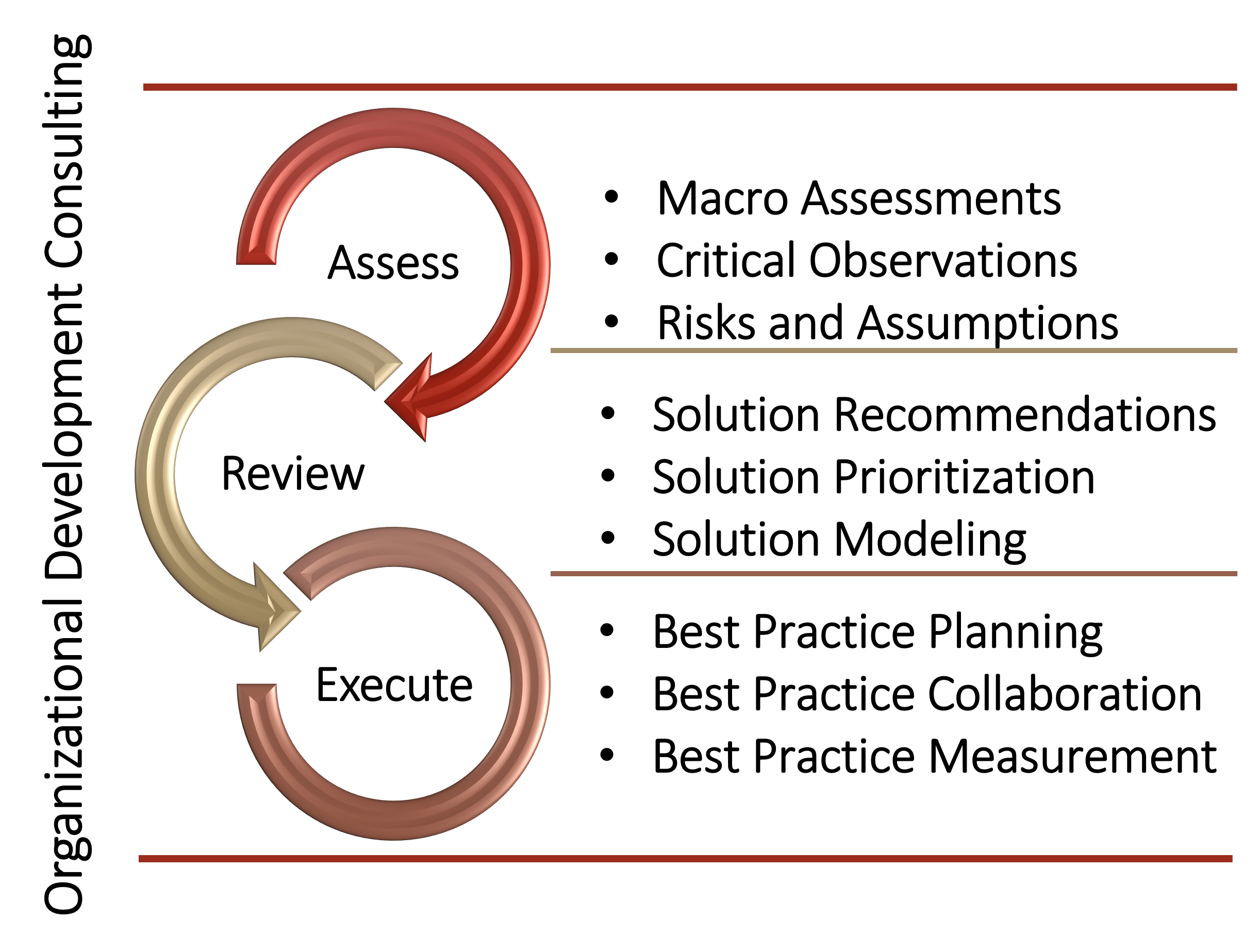Five Critical Steps to Building a Comprehensive Project Execution Plan
- Develop a Roadmap: Outline tasks, resources, timeframes, and deliverables to guide your project team through execution.
- Collaborate with Stakeholders: Engage the AMS Senior Solution Team to work with stakeholders and leverage the Client-Centric Engagement Model for a sustainable solution.
- Document the Strategy: Create a PEP document that describes the project, its components, and the management strategy for development and execution.
- Implement Best Practices: Identify and strategize critical and supportive execution elements to ensure they are effectively executed.
- Measure and Improve: Utilize the three-step process of Assess, Review, and Execute to measure ROI, performance, and continuous improvement throughout the engagement.
These steps will help set the stage for successful project execution by ensuring meticulous planning and proactive risk management. Remember, each best practice can be scaled to meet your organization’s needs.
Project Execution Planning Implementation Considerations
An effective and successful PEP effort will address and ensure that project teams members are focused on the following considerations:
- Creation of an elevated level of scope and risk cognizance
- Alignment and understanding of the project basis and critical business objectives
- Developing a clear path forward and the proper management strategies/plans required to support the project effort
- Developing a clear understanding of contracting and procurement strategies
- Establishing a practical framework for decision making and communication throughout the project’s life cycle
- Defining clear and distinct Roles and Responsibilities for all project participants
- Development of the projects operational and behavioral norms
Why Project Execution Planning Is Important for Large and Complex Projects
The PEP is a comprehensive document describing the project, its components, and the strategy by which the project will be developed, directed and monitored. Also, the PEP defines how the management team will drive and execute the work to effectively complete the project and its many varied objectives. The project execution planning best practice is designed to ensure critical and supportive execution elements are identified, strategized and executed. When embarking on the project execution planning process, there are several implementation considerations to keep in mind. These factors will help set the stage for successful project execution. Let’s explore them.
Project Execution Plan (PEP)
-
- Create a Detailed PEP: Develop a project execution plan that outlines your strategy from start to finish. This plan serves as your roadmap, guiding the execution phase. It ensures efficient management and alignment with project objectives.
Scope and Risk Awareness
-
- Elevated Scope and Risk Cognizance: Ensure that project team members understand the project’s scope and associated risks. A clear understanding helps prevent scope creep and enables proactive risk management.
Alignment with Business Objectives
-
- Project Basis and Critical Objectives: Align the execution plan with the project’s fundamental purpose and critical business goals. This alignment ensures that every action contributes directly to achieving desired outcomes.
Kick-Off Meeting
-
- Project Kick-Off: Officially start the project execution phase with a kick-off meeting. Review the project plan, clarify roles and responsibilities, and establish a communication plan. This sets the tone for effective collaboration.
Task Completion and Deliverables
-
- Complete Tasks and Deliverables: This is where the hard work pays off. Ensure your project team has everything they need to execute tasks and produce deliverables. Set them up for success by providing timely resources and support.
Continuous Monitoring and Adaptability
-
- Monitor Progress vs. Plans: Continuously track progress against the plan. Be prepared to make quick course corrections if deviations occur. Adaptability is key to overcoming unforeseen challenges.
Summary
Successful project execution requires meticulous planning, proactive risk management, and a committed team. By addressing these considerations, you’ll be well-prepared to navigate the complexities of project implementation.
Organizational Development Consulting
Client-Centric Engagement Model
Each solution found in our catalog can be scaled to meet your organization's needs. Consulting engagements are built on a collaborative three-step process of Assess, Review, and Execute stage gates. This model provides a high value and collaborative approach that allows organizations to measure ROI, performance, and continuous improvement throughout the entire engagement. Our executive level team of consultants will provide actionable and practical recommendations that can be implemented via our collaborative approach to the partnership.

For the Enterprise
- Experience personalized service at scale. AMS has a global reach with the highest degree of expertise across a range of Fortune 500 companies, Government agencies and Global 2000 organizations.
For the Emerging and Middle-Market
- Experience the entrepreneurial spirt that our firm is founded on with a unique blend of expertise to accommodate the unique needs of smaller organizations.
Customize your Consulting Experience
- Align subject matter experts with your industry, region, and culture
- Support solutions with correlating Research
- Accelerate Individual Growth with Performance Coaching
- Supplement solutions with Professional Development Training
- Review Solution Briefings
- Integrate Digital Resources – Thought Leader Interviews – Insights Podcast
Join the ranks of leading organizations that have partnered with AMS to drive innovation, improve performance, and achieve sustainable success. Let’s transform together, your journey to excellence starts here.